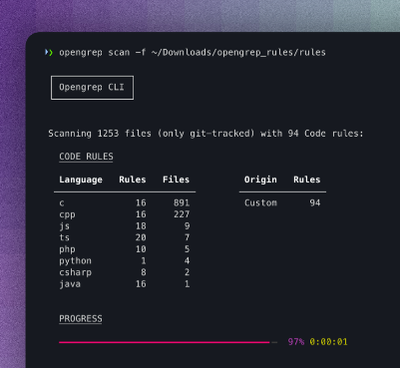What is ini?
The ini npm package is used for parsing .ini files and converting objects to .ini format. It provides a simple interface for working with INI configuration files, which are often used for storing settings in a structured yet readable format. This package allows for easy reading, writing, and manipulation of INI files.
What are ini's main functionalities?
Parse INI string
This feature allows you to parse a string in INI format and convert it into a JavaScript object. The example demonstrates parsing a simple INI formatted string.
"const ini = require('ini');\nconst config = ini.parse('[section]\na=1\nb=2');\nconsole.log(config); // { section: { a: '1', b: '2' } }"
Stringify an object to INI format
This feature converts a JavaScript object into a string in INI format. The example shows how to convert an object with nested properties into an INI formatted string.
"const ini = require('ini');\nconst obj = { section: { a: '1', b: '2' } };\nconst str = ini.stringify(obj);\nconsole.log(str); // '[section]\na=1\nb=2'"
Other packages similar to ini
dotenv
dotenv is a package that loads environment variables from a .env file into process.env. While it serves a different purpose by focusing on environment variables, it shares the concept of managing configuration through a file. Unlike ini, dotenv does not support sections or nested properties.
rc
rc is a configuration package that reads properties from multiple sources, including INI files, environment variables, and command-line arguments. It offers more flexibility in configuration management compared to ini by aggregating settings from various sources, but it might be more complex to use for simple INI file parsing and writing.
config
config is a more comprehensive configuration management solution that supports multiple file formats, including JSON, YAML, and JavaScript. It is designed for organizing hierarchical configurations for app deployments. While it provides more features and supports more formats than ini, it might be overkill for simple INI file tasks.
An INI format parser & serializer.
Note
Usage
Consider an INI file such as the following:
scope = global
[database]
user = dbuser
password = dbpassword
database = use_this_database
[paths.default]
datadir = /var/lib/data
array[] = first value
array[] = second value
array[] = third value
You can read, modify and write it like so:
import { writeFile , readFile } from 'node:fs/promises'
import { stringify , parse } from 'ini'
let text = await readFile(`./Original.ini`,{
encoding : 'utf-8'
})
const config = parse(text)
config.scope = 'local'
config.database.database = 'use_another_database'
config.paths.default.tmpdir = '/tmp'
delete config.paths.default.datadir
config.paths.default.array.push('fourth value')
text = stringify(config,{
section : 'section'
})
await writeFile(`./Modified.ini`,text)
The written file will contain the following:
[section]
scope=local
[section.database]
user=dbuser
password=dbpassword
database=use_another_database
[section.paths.default]
tmpdir=/tmp
array[]=first value
array[]=second value
array[]=third value
array[]=fourth value
API
Parse
Attempts to turn the given INI string into a nested data object.
const object = parse(`<INI Text>`)
Stringify
Encodes the given data object as an INI formatted string.
stringify(object,{
whitespace : false ,
align : false ,
section ,
sort : false ,
newline : false ,
platform ,
bracketedArray : true
})
For backwards compatibility any string passed as the
options parameter is treated as the section option.
stringify(object,'section')
Un / Escape
Turn the given string into a safe to
use key or value in your INI file.
safe(`"unsafe string"`)
Or reverse the process with:
unsafe(`\\"safe string\\"`)



